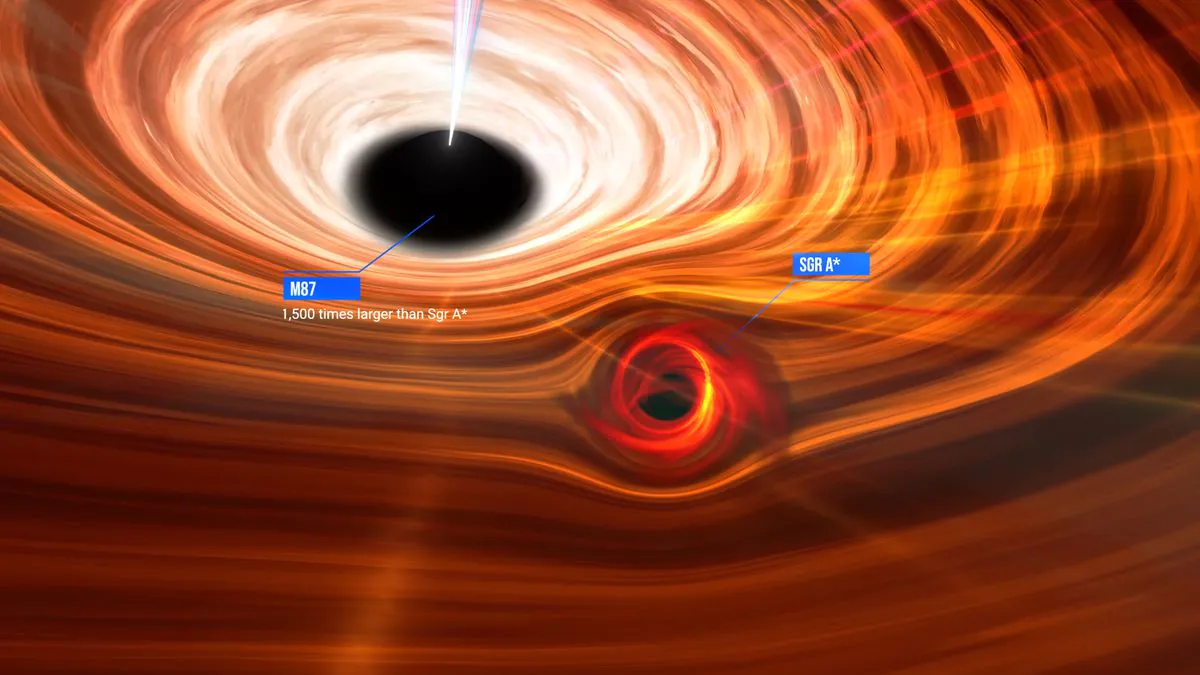
Astronomers have discovered the brightest black hole that has existed in the last 9 billion years. And it is growing very fast. A huge space object is 3 billion times more massive than the Sun and absorbs a piece of matter the size of Earth every second. The new supermassive black hole, known as J1144, is about 500 times larger than Sagittarius A*, a supermassive black hole in the center of the Milky Way that was recently photographed.
A ring of superheated plasma around a huge void emits about 7,000 times more light than our galaxy. The discovery of this supermassive black hole was similar to the discovery of “a very large, unexpected needle in a haystack.”
“Astronomers have been hunting for objects like this for more than 50 years,” lead researcher Christopher Onken, an astronomer at the Australian National University (ANU) in Canberra, said in the statement. “They have found thousands of fainter ones, but this astonishingly bright one had slipped through unnoticed.”
The insatiable appetite of the black hole overshadows the appetite of other equally huge supermassive black holes. Usually, the growth rate of these huge space objects slows down as they become more powerful. The newly discovered black hole absorbs so much matter that its horizon of events (beyond which nothing, including light, can escape) is extremely wide. All the orbits of the planets in our solar system would fit within its event horizon.
Black holes cannot be seen because they do not emit any light. But astronomers can still detect them because their strong gravity draws matter to the horizon so quickly that the matter turns into superheated plasma – a light emitted in a ring around a black hole called an accretion disk. The accretion disk of the recently discovered “hippopotamus” is the brightest ever discovered by astronomers because of its massive events horizon, and extreme speed.
The birth of this monster may be responsible for a major catastrophe, such as the collision of two large galaxies. After discovering this black hole, scientists were skeptical about the possibility of finding similar giants. Although the figure of 40 quintillion black holes in the universe may argue with Earth scientists – the chances that somewhere there may be a similar carnivorous super black hole, are quite high and not equal to zero.
You can also help Ukraine fight with Russian occupants via Savelife or via an official page of the National Bank of Ukraine.
Read also:
Leave a Reply